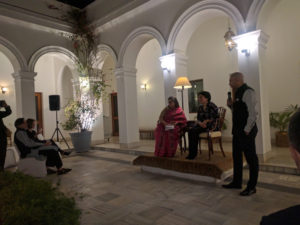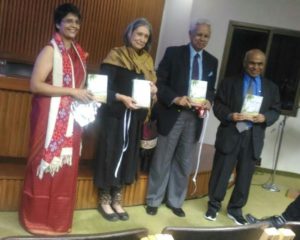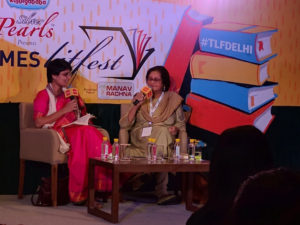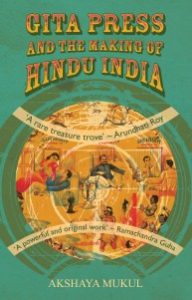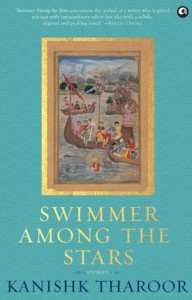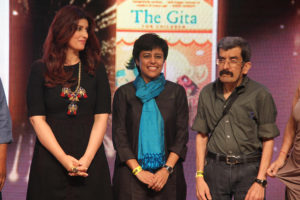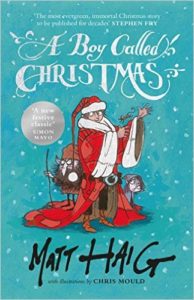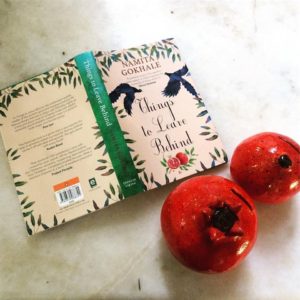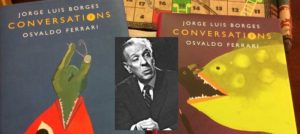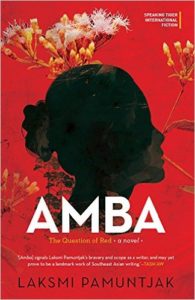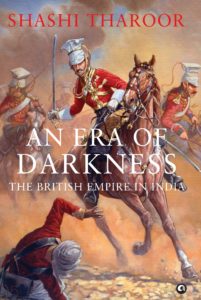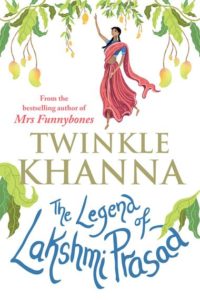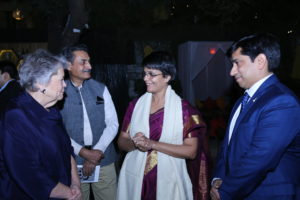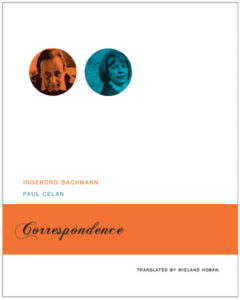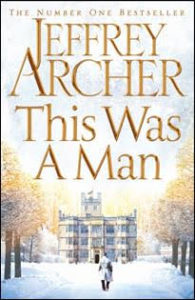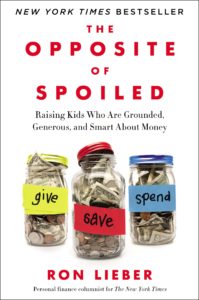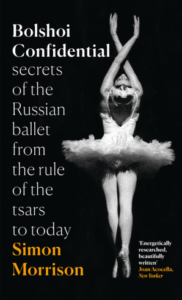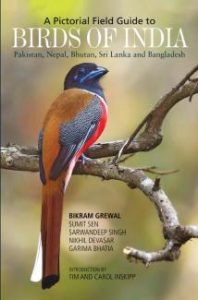India’s Women Writers, from the Early 20th Century to Today
I wrote a long essay on India’s women writers from the early 20th century to today for Bookwitty. Here is an extract from the essay:
India has a tradition of fine women writers, and some of the earliest established names among them were also pioneers in fields beyond literature. Roekya Sakhawat Hossein (1880-1932) was a leading Bengali feminist in at the turn of the 20th century. Her sci-fi utopian novella, Sultana’s Dream (1905), was decades before her time and is a delight to read even now. Cornelia Sorabji (1866-1954) was both the first woman to read law at Oxford, and the first Indian national to study at a British university. During her career as the first female lawyer in India, she advocated for women in purdah and children. She wrote a dozen books including her memoirs, India Calling (1934). Sarojini Naidu (1879-1949) known as the “Nightingale of India,” was not only a poet, but also the first female governor of an Indian state, and the first woman president of the Indian National Congress. Her debut collection of poetry, The Golden Threshold, was published in 1905.

Despite our strong tradition of women writers in the early 20th century, to my mind it was the 1974 publication of the “Towards Equality” Status of Women in India Report that marked a watershed moment for women’s movements, and in turn, women’s literature. Though Indira Gandhi, the first woman prime minister, had been in power for years, it was the Report that gave more women a voice and an opportunity to express themselves.
Another literary turning point came in 1984, when Indira Gandhi was assassinated and thousands of Sikhs were massacred in retaliation. For the older generations, this violence brought back memories of the 1947 Partition of India; young writers and social activists including Urvashi Butalia began recording their stories. Butalia eventually wrote a seminal book, Other Side of Silence (2000), based on these oral histories as well as her own family’s story of moving to India from Lahore, now in Pakistan. Around the same time Ritu Menon and Kamla Bhasin’s groundbreaking Borders and Boundaries (1998) was published, documenting women’s experiences of Partition, about which until then it seemed a collective amnesia had existed.
1984’s violence and revisiting of the past coincided with a maturation of the Indian publishing industry. In that year, Urvashi Butalia and Ritu Menon set up the first independent women’s publishing firm in India (and indeed, in all of Asia), Kali for Women. They looked at a range of literature from fiction to non-fiction, including reportage and oral histories. Kali for Women, and its founders’ subsequent projects, Zubaan Books and Women Unlimited, have published many women writers in original English and in translation, such as the brilliant short story and spec-fic writer Manjula Padmanabhan (Three Virgins, 2013) food and nature writer-cum-illustrator and delightful storyteller, Bulbul Sharma (Eating Women, Telling Tales, 2009), environmentalist Vandana Shiva (Staying Alive, 1998), and numerous other writers, historians and freedom fighters.

Along with independent publishers, little magazines were on the rise, while multinational publishers like HarperCollins and Penguin also began establishing offices in India. Meanwhile, a growing recognition that the work of women writers had sales potential meant more opportunities for them to be published. In 1992, Oxford University Press (OUP) India published an unprecedented memoir by a Tamil Dalit Catholic nun, Bama, who had left the order and returned home. Karukku proved to be a bestseller, and has remained in print. At this time OUP India also published the seminal volumes on Women Writing in India: Volume 1: 600 B.C. to the Early Twentieth Century(1991) and Volume 2: The Twentieth Century (1993), a collection of hundreds of texts representing the rich variety of regions and languages in India.
Indian women’s writing hit a new high when Arundhati Roy won the Booker Prize for her 1997 debut novel, The God of Small Things, exploring forbidden love in Kerala. (Roy’s second novel, 2017’s The Ministry of Utmost Happiness, addresses some of the most devastating events in India’s modern history. It has enjoyed a global release with enviable media hype, further demonstrating the remarkable progress in how women’s writing is received by critics and the public).

Soon, an increasing body of women writers representative of groups that have been marginalised on the basis of sexuality, language, caste, and religion began to be published. These included Urmila Pawar(The Weave of My Life, 2009), and Tamil Muslim poet Salma whose memoir The Hour Past Midnight (2009) was made into a documentary (Salma) and screened at the Sundance festival. Once housemaid Baby Haldar’s memoir, published in English 2006 as A Life Less Ordinary, became an international bestseller, many more memoirs and biographies began to be published—including those of novelist and entrepreneur Prabha Khaitan, academic and activist Vina Mazumdar, actress and singer Kana Devi, trans activist A. Revathy, and activist and actress Shaukat Kaifi.
Such robust publishing by and for women has ensured that the contemporary generation of writers is far more confident of their voices, experimenting with form as they explore a range of issues.
In particular, these writers are exploring and interrogating the concept of the strong woman. Most of these stories depict an ordinary woman negotiating her daily space, thus defining herself and by extension living her feminism, whether she chooses to acknowledge it or not. Just a few of the modern writers who are contributing to this conversation in English are: Namita Gokhale (Things to Leave Behind, 2016), (Chitra Bannerjee Divakurni (Palace of Illusions, 2008), Balli Kaur Jaswal (Erotic Stories for Punjabi Widows, 2017), Scaachi Koul (The One Day We’ll All Be Dead and None of This Will Matter, 2017), and Ratika Kapur (The Private Life of Mrs Sharma, 2015).
Adding to this conversation, there are many relevant writers now becoming available in translation, including Malika Amar Shaikh (I Want to Destroy Myself, 2016—more on this memoir below), and Nabaneeta Dev Sen (Sheet Sahasik Hemantolok: Defying Winter, 2013).

A number of women writers are addressing family and domestic issues with humor, notably Manju Kapur with Home (2006), her Jane Austen-like novel about family dynamics; Andaleeb Wajid with My Brother’s Wedding (2013), a gorgeous novel about the shenanigans of organising a Muslim wedding; celebrity Twinkle Khanna with Mrs Funnybones (2015), based on her delightful newspaper column; and Veena Venugopal with a powerful collection about The Mother-in-Law: The Other Woman in your Marriage (2014).
Meanwhile, other authors have been exploring the theme of the strong woman in harrowing—though by no means unusual—circumstances. Samhita Arni retells the Mahabharata war saga from a woman’s point of view in Sita’s Ramayana (2011). K R Meera’s multi-layered novel Hangwoman (published in English in 2014) is about a woman executioner who inherited the job from her father. Meena Kandaswamy’s autobiographical novel When I Hit You: Or, A Portrait of the Writer as a Young Wife (2017) reveals devastating and isolating violence in a marriage. In the same vein, Malika Amar Shaikh’s aforementioned I Want to Destroy Myself: A Memoir explores the horror of living with a man who in his public life spoke out for the rights of the oppressed, but showed none of this humanity at home.
Building on the tradition of more than a century, today there is a long list of women writers in the Indian sub-continent who are feisty, nuanced in their writing and yet universal in many of the issues they share. They are fully engaged with themes such as independence, domesticity, domestic violence, professional commitments, motherhood, parenting, sexual harassment, politics, and identity. This is undoubtedly a vibrant space of publishing, and this article has just about explored tip of the proverbial iceberg.
For more recommendations, please explore the Related Books carousel below. And as always, please join the conversation: use the comments section to add any further books to the list.
“India’s Women Writers, from the Early 20th Century to Today” , published on Bookwitty ( 3 August 2017)
10 August 2017


